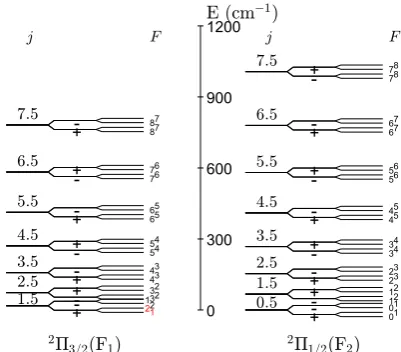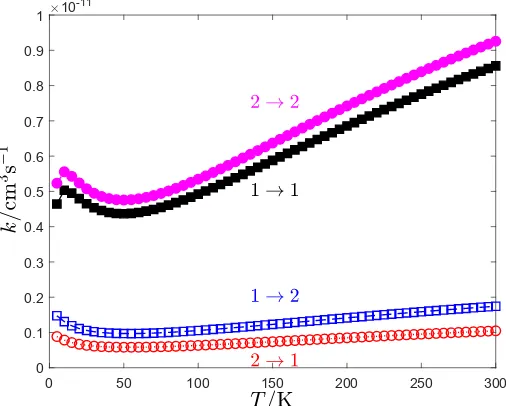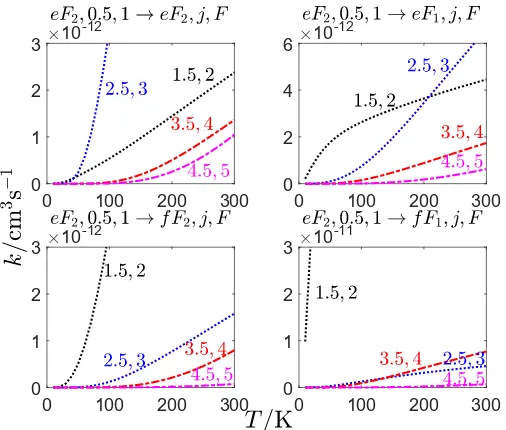Hyperfine excitation of CH and OH radicals by He
Full text
Figure



Related documents
A origem da referência não foi encontrada., and consists of the following activities: (1) identification of the data sources, (2) generation of the ontology model, (3) generation
asynchronous query execution , where the application avoids blocking on database reads; and removing redundant state- ments , where a second read of some database tuples is re-
This Article provides the first comprehensive look at state constitutional provisions explicitly granting the right to vote. Supreme Court has underenforced the right
For every attack type, based on IDS criteria, best results of all method have been captured and suitably compared with proposed chain method.. In first
On the reverse link, CDMA base stations constantly measures the error rate performance from each mobile transmitting a signal, and depending on whether the error rate is above
Germination rate was influenced by treatments, with mechanical scarification generating the highest coefficient of velocity of germination (CV) and germination
The reports demonstrated various layers of cultural heritage policies and civic society endeavours employing the cultural heritage agenda – those acknowledging the global
Part-time students study 90 credits of taught modules in their first year (preferably Criminal Justice Processes, Researching Crime and Justice and Policing I and II). In the